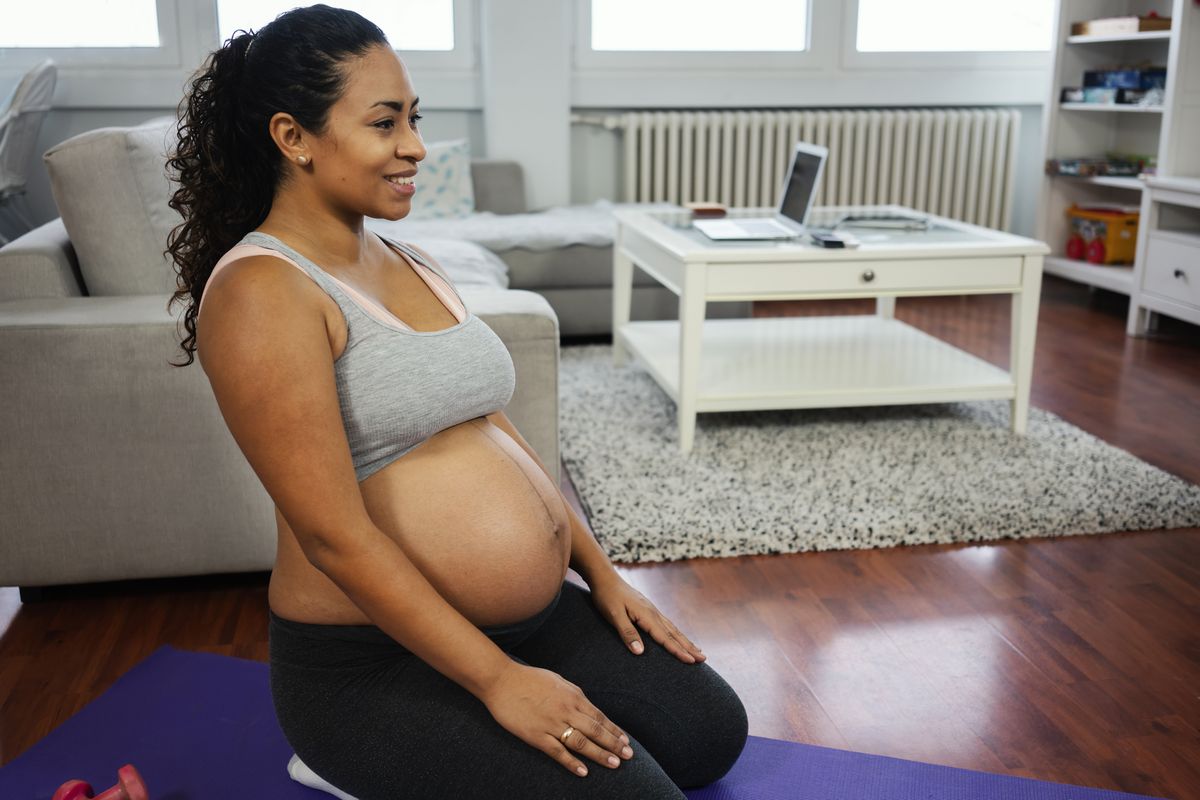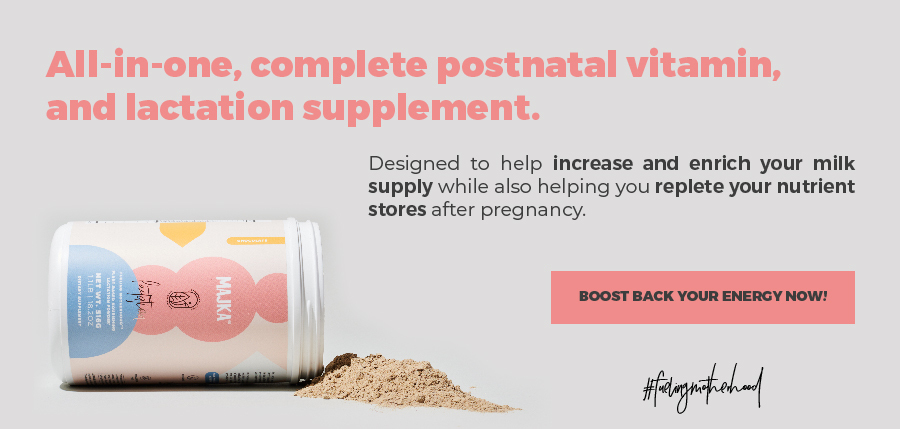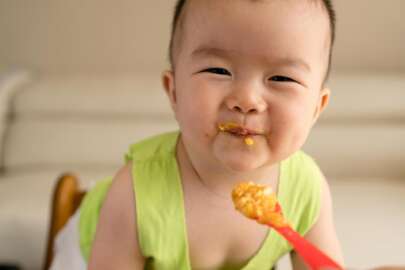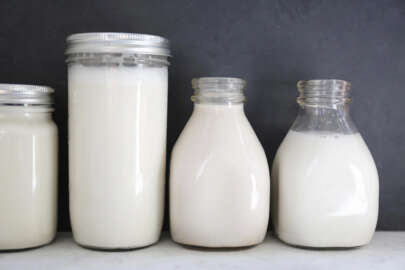
The main thing to prioritize when thinking of maintaining yourself fit is to have a healthy life; which includes a healthy body and mind. This means that exercise, diet and lifestyle shouldn’t be a result of a pressure to avoid normal changes that your body has after birth, but a purpose to have a healthy routine that keeps you strong and happy.
When can I start exercising postpartum?
As with anything else regarding health, this answer depends on your specific case, as if you had a complicated pregnancy or birth you need to talk to your doctor regarding this topic, as exercise could be dangerous for your recovery.
But if your pregnancy wasn’t complicated and you had a vaginal delivery it can be safe to begin a few days after giving birth as long as you feel ready.
Contrary to what some people may think, exercising in the postpartum period could do great things for you such as stress relief, boost your energy, promote better sleep, improve your cardiovascular fitness and even reduce symptoms of postpartum depression.
Even though it’s safe to begin a few days after delivery, it’s important to start slow, you can begin exercising by walking for ten minutes and then start to add more time to your walks; once you got started and you are about six weeks postpartum, then you can get 150 minutes of exercise a week just like other adults.
What exercise is not safe to do in my postpartum period?
Since your body has been stretching your abdominal muscles for about nine months, these muscles have to relearn how to work as they used to, so crunches and situps aren’t a good idea for now.
This doesn’t mean that you cannot train your core, here are some exercise options that you can do for it.
Also, keep in mind that in order to be safe and healthy while exercising it is important to increase your pace gradually, maintain yourself hydrated, warm up first and cool down at the end; and do not exercise if you are feeling pain (talk to your doctor about it).
If you are breastfeeding you can exercise as well, moderate exercise does not affect your milk supply or the quality of it. You may want to keep in mind while breastfeeding and exercising to:
- Wear a supportive bra, and nursing pads in case your breasts leak.
- Stay hydrated during your workout and throughout the day.
On the other hand, research suggests that high-intensity training could produce a sour taste (cause by the lactic acid release during exercise) in your milk which your baby may not like, in this case you could feed your baby (or pumped your milk) before your workout or you can express some of your milk afterwards.
Diastasis Recti
Have you heard of Diastasis Recti? it may sound weird but its very common, it is the separation of the abdominis muscles (your six-pack abs) during and after pregnancy, this muscles divided into left and right sides as your uterus expands and after delivery they come back together; but sometimes they lose elasticity from being overstretched and it doesn’t close as they should, which is called diastasis recti.
This condition can make you appear pregnant for months and even years after delivery; having diastasis recti isn’t painful by itself, some of the symptoms of it can be such as low back pain, pain doing chores or during sex.
If you feel that you may have this condition talk to your health care provider to make sure and to get some professional guides
The good news is that diastasis recti can be solved by doing some specific exercises such as pelvic floor exercises, deep breathing work and transverse abdominal isolations.
When can I start dieting postpartum?
Some women have a need to rush the weight loss process after giving birth, this could be influenced by the media or a negative body image, if this is your case, you may want to take a step back.
Do not worry, you will lose the extra weight that you gained while pregnant. You already lost about 13 pounds just by giving birth and you will naturally lose more pounds as time goes by. But keep in mind that this weight had a reason to exist as it is what helped to grow your baby; also you need some of the stored fat since it is used in the first few months for breastfeeding.
Besides the healthy weight gained and the time it takes to leave your body, you may gain extra weight while pregnant. If your doctor indicates that you have accumulated extra weight, then you can begin a gradual weight-loss diet (that is accompanied by exercise).
What is a healthy postpartum diet?
This is something that you need to discuss with your healthcare provider, since your body and your needs/goals are unique, but here we share with you some of the general things that you need to keep in mind regarding a healthy postpartum diet:
- Eat plenty of proteins as they are healthy for you and for your milk supply; they also reduce your feelings of hunger.
- Eat plenty of fiber-rich foods such as vegetables and fruits; they promote gut health and fat loss.
- Avoid empty-calorie and over processed foods.
- Choose healthy fats such as nuts and beans.
- Limit foods and drinks that contain added sugar, they aren’t good for your health and they will increase your weight.
- Maintain yourself hydrated, especially if you are breastfeeding. If you want to learn more about breastfeeding diet, take a look at this article.
Can a weight loss diet affect breastfeeding and my baby?
As we mentioned, it may depend on whether you are losing extra weight that you gain (besides the extra weight needed to grow and feed your baby) but reducing too much calories could affect your milk supply and your energy levels (in this period you need extra energy since you are sleeping less, breastfeeding, recovering from delivery and taking care of a baby).
Also, restricting necessary nutrients can be harmful to your health and to your baby, always talk to your healthcare provider before choosing a diet and to anything regarding your health.
In Breastfeeding 101 we hope this information has helped to you to understand more of how to maintain fit and healthy after giving birth, we invite to follow all of our content to learn more about this topics
If you want to deepen more in this specific subject, here are some of the sources that made this article possible:
- Breastfeeding diet I Breastfeeding 101
- Diastasis recti I Cleveland Clinic
- Diastasis recti abdominis – a review of treatment methods I National Library of Medicine
- Exercise after pregnancy: How to get started I Mayo Clinic
- Getting in shape after having a baby I Mayo Clinic
- Lifestyle interventions to maternal weight loss after birth: a systematic review I BMC
- Maternal dietary intake and physical activity habits during the postpartum period: associations with clinician advice in a sample of Australian first time mothers I BMC
- Nutritional Status of Postpartum Mothers and Associated Risk Factors in Shey-Bench
- District, Bench-Sheko Zone, Southwest Ethiopia: A Community Based
- Cross-Sectional Study I SageJournals
- Postpartum Diet and Weight Loss I Newton-Wellesley Hospital
Annie Rueb






